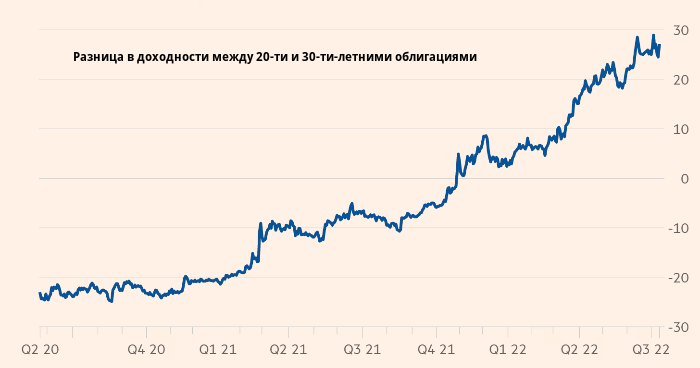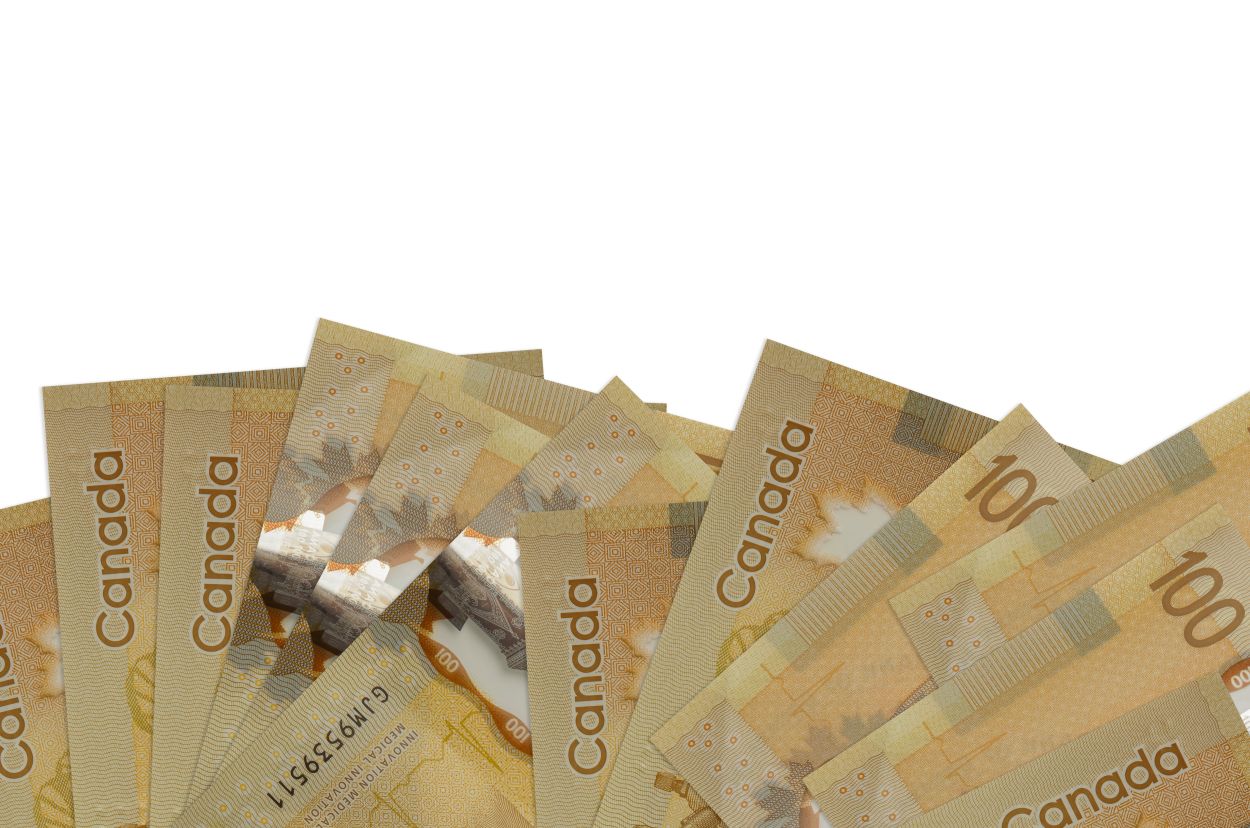Investors are shunning 20-year US government bonds, which is changing the balance of power in the US $23 trillion Treasury bond market.
Demand for 20-year government bonds has been so weak since they were reissued in 2020 that their value has not correlated with the rest of the market, making trading difficult. Price fluctuations and lack of liquidity have further reduced their popularity among long-term, conservative investors, such as pension funds, who are usually their usual buyers.
“The 20-year bond market just died,” said Edward Al Husseini, senior interest rate strategist at Columbia Threadneedle.
Mark Cabana, head of U.S. rate strategy at Bank of America, believes that the challenges of stimulating investor demand for 20-year Treasury bonds could eventually spread to other market segments that underpin global finance.
Due to lack of interest, 20-year bonds stand out in the Treasury market as the cheapest traditional bonds. The low price means that the yield on 20-year Treasury bonds is higher than on their 30-year counterparts, at 3.37% and 3.1%, respectively. Generally, bonds with longer maturities provide higher yields, reflecting the greater risks associated with holding debt that will mature in the future.
Investors demand higher premium for 20-year bonds

The higher yield required to persuade investors to hold 20-year Treasury bonds ends up costing taxpayers a lot, Cabana said, pushing up the cost of borrowing for the government.
“Once in the past they stopped issuing 20-year bonds,” he said. „And why did they do it?” Because they felt that it was unprofitable for the taxpayer. This did not mean providing a minimum cost of funding to the taxpayer, and that argument can still be made today.”
The spread between 20-year and 30-year bond yields widened this month as the Federal Reserve tightened its monetary policy sharply in an attempt to counter soaring inflation. The $9 trillion reduction in the Fed’s balance sheet only exacerbated the problems as the market faced higher supply to absorb.
Unsuccessful return
The recovery of the 20-year bonds, which the Treasury had mothballed for more than thirty years due to weak interest, was part of a larger plan to significantly increase government borrowing with long-term debt in an attempt to lock in lower rates for an extended period of time.
„It never really materialized because [20-year bonds] trade so poorly compared to other similar [long-term] instruments, and the liquidity is terrible,” said Bob Miller, head of BlackRock’s U.S. multisector fixed income. “Then there is a nine-month period where the Fed is turning around and deliberately very aggressively trying to tighten financial conditions… [and] it exacerbated structural weaknesses that were already evident.”
20-year bonds are expected to continue to be cheap in the future, as Treasury issuance far exceeds demand for securities. When the Treasury reintroduced debt in 2020, the first auction was held for $20 billion, more than twice the recommendations of an industry spokesman: the Treasury’s Borrowing Advisory Committee (TBAC), which advises the Treasury on refinancing issues.
As fiscal spending slowed during the pandemic, the Treasury reduced the size of 20-year bond auctions, along with a decline in other maturities, but at a slower pace in the last quarter than recommended by TBAC.
20-year bonds are not expected to be popular not only due to oversupply, but also due to increased volatility in the Treasury market, as recession fears and changing Fed forecasts hit bonds. 20-year bonds typically experience strong price fluctuations due to market volatility as weak demand makes transactions difficult.
Long-term bonds are for the brave
The low price, volatility and lack of liquidity have created a new generation of investors: hedge funds looking to take advantage of the pricing inefficiencies of 20-year bonds.
“It takes a brave person or someone with a lot of money to hold [positions in 20-year bonds] for the long haul and handle much higher volatility,” said John Majiire, head of U.S. Treasury bonds at Vanguard.
„That’s why hedge funds are likely to try to get involved,” added Majiire, who expects the weight of 20-year bonds to remain underweight due to the firm’s „conservative” approach.
According to market participants, the most active players over the past 20 years are hedge funds and a group of banks that deal directly with the Ministry of Finance, which are known as primary dealers.
“When you look at the risks and the leverage that is needed to make a real profit, it becomes very, very difficult for most people to hold a position of significant size,” said a portfolio manager at a major US hedge fund.
On Friday, the Ministry of Finance will send out a questionnaire to primary dealers to get information about quarterly refinancing and determine the issue volumes for three months in advance. Cabana will be watching closely for any evidence that the Treasury is poised to significantly reduce the size of 2-year bond auctions.
